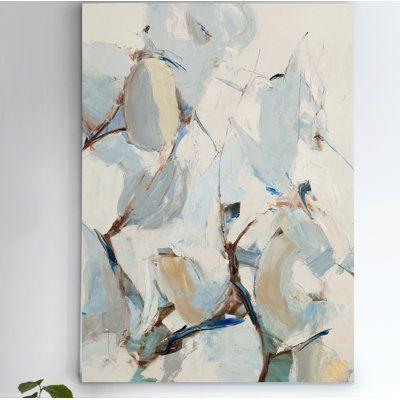
As the chameleon of the art world, watercolor is a medium that breathes with the whimsy of spontaneity, yet demands a meticulous eye for detail and technique. The crux of this delicate balance largely depends on the type of canvas artists choose.
In watercolor painting, the canvas is not linen or cotton, but a carefully selected sheet of paper. Not just any paper, but a high-quality watercolor paper that's built to hold the weight of water, pigments, and the artist's aspirations.
So, what are the characteristics that differentiate good watercolor paper from the ordinary? Here, let's discuss the essentials of quality watercolor paper.
1. Material Composition
The best watercolor papers are traditionally made of 100% cotton. Cotton paper is incredibly durable and can withstand a lot of water without warping or deteriorating. It absorbs water well and allows for heavy washes of color, as well as intricate detail work.

Papers with a blend of cotton and other pulp can also be used but they might not offer the same level of resilience and absorption as 100% cotton ones.
2. Weight and Thickness
The weight of the paper is an important indicator of its ability to withstand water. It's measured in grams per square meter (gsm) or pounds per ream (lb).
Generally, a weight of 300gsm or 140lb is ideal for watercolor painting as it's less likely to warp or buckle under heavy washes. Lighter papers (below 200gsm or 90lb) might require stretching before use to avoid these issues.
3. Surface Texture
Watercolor paper comes in three types of textures: hot-pressed (HP), cold-pressed (CP or NOT), and rough.
The best texture for you depends on your painting style and subject matter.
Hot-pressed paper has a smooth surface, excellent for fine details and sharp, crisp lines. Whereas cold press paper has a slight texture, a middle-ground option that is versatile for both detailed work and expressive washes.
Rough paper, with its pronounced tooth, is ideal for loose, expressive work, and granulating effects.
4. Color & Quality Rating
While most watercolor papers are white or off-white, the color can vary and it affects the vibrancy of the paints applied to it. The white paper makes the colors stand out more, while cream or off-white papers offer a softer and warmer tone to the artwork.
Watercolor Paper Grading
Watercolor papers come in two primary grades: artist (or professional) and student. Artist-grade paper, made from high-quality materials, typically has superior performance and lasting use. Student-grade paper, while more affordable, may not hold up to heavy washes or repeated lifting and scrubbing as well as artist-grade paper.
5. Manufacturing Process
How the paper is produced also plays a role in its performance. Mold-made and handmade papers are superior to machine-made ones because they are more durable, less prone to damage, and their fibers are evenly distributed, ensuring uniform absorbency.
So, what makes a good watercolor paper?
It's a combination of material composition, weight, texture, color, quality, and manufacturing process.
Ultimately, the "best" paper is one that resonates with your style and the vision you wish to express. Watercolor painting is a dance between control and letting go. Quality watercolor paper is a dependable partner that supports you, absorbs your missteps, and allows your creativity to flow, one brushstroke at a time.


